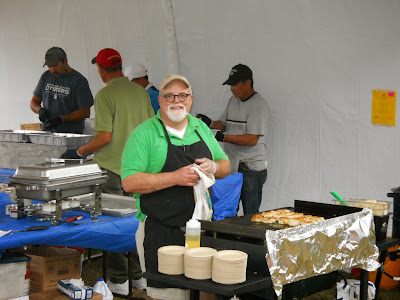If you were asked to pinpoint the Istrian Penninsula on a map of the world, where would you look? I must admit that I was stumped when I began investigating a new potato recipe. Tiring of the same, familiar preparations for spuds: baked, boiled, and mashed I was excited to come across something new in a cookbook entitled
A Taste of Croatia: Savoring the Food, People and Traditions of Croatia's Adriatic Coast authored by Karen Evenden.
Here's the recipe:
Istrian Potatoes
2 tsp unsalted butter, at room temperature 1 Tbsp EVOO
1 1/2 lb Yukon Gold potatoes, peeled 1/2 tsp kosher or fine sea salt
and cut into 1" cubes 1/4 tsp freshly ground pepper
2 oz prosciutto, diced 3/4 cup heavy whipping cream
1 Roma tomato, halved lengthwise, diced 1/2 cup freshly grated Parmesian
2 Tbsp finely minced flat leaf parsley preferably Parmigiano-Reggiano
2 garlic cloves, minced
1. Position a rack in the center of the oven and preheat to 350F. Generously grease a 1 1/2 qt ovenproof baking dish or gratin dish with butter.
2. In a large bowl, toss together the potatoes, prosciutto, tomato, parsley, garlic, oil, salt and pepper. Turn the mixture into the prepared baking dish. Pour the cream over the top.
3. Cover the dish with aluminum foil and bake for 30 minutes. Remove the foil, sprinkle the cheese evenly over the top, and continue to bake until the potatoes are tender when pierced with a fork and the top is golden, 35-45 minutes longer. Serve immediately or keep warm until ready to serve.
Serves 4













